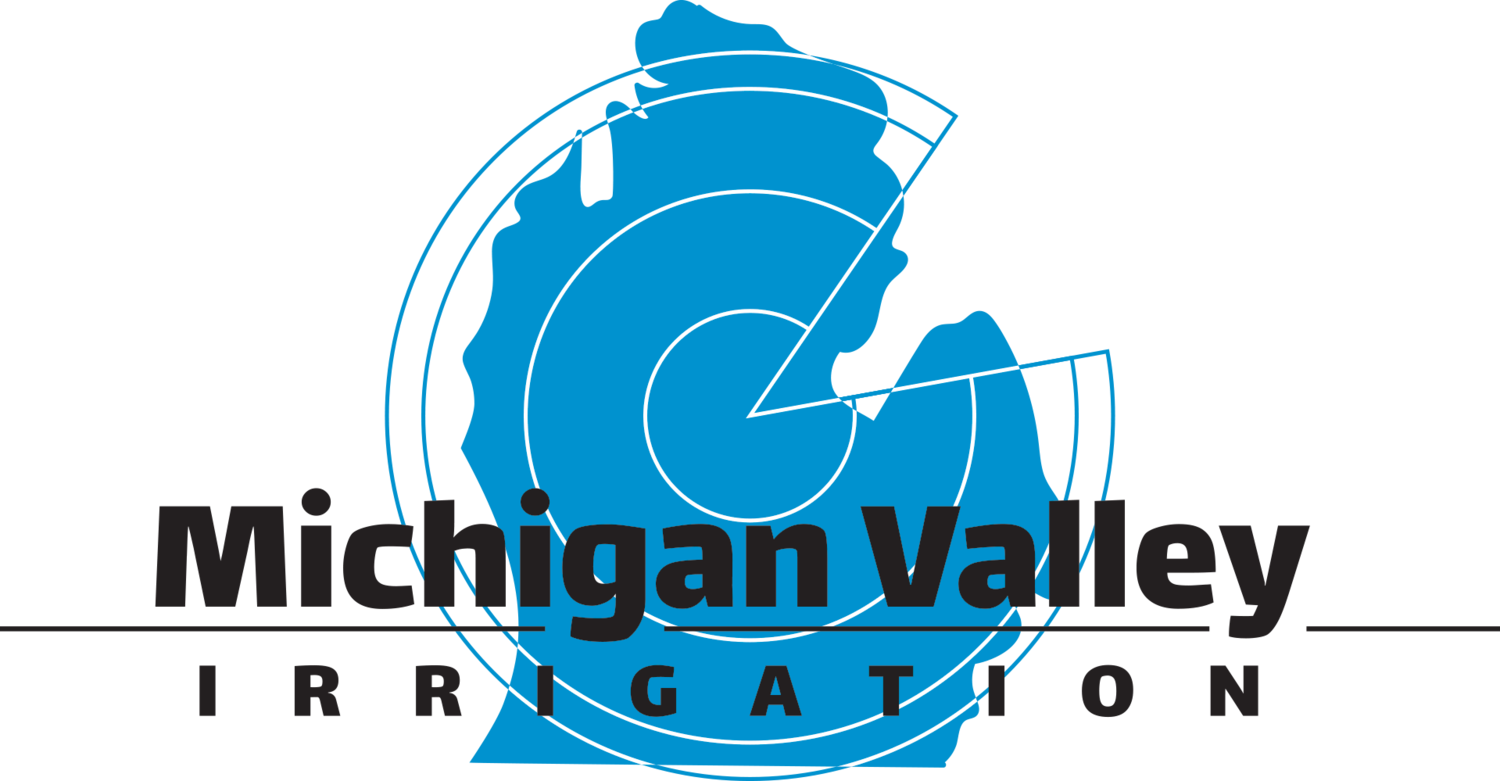Irrigation Management – It is a Process!
During my nearly 30 years as an agricultural lender, I noticed that in many cases the difference between an average management team and a highly profitable team was the ability to notice and fine tune the details. Even those operations that had a distinct initial financial advantage due to the previous generation’s successful management skills, struggled over time if they did not pay attention to the little things. It seems quite natural to pay attention to major decisions because of the obvious significant impact. If we neglect the perceived minor decisions, especially if they are often repeated, over time they will add up to a major loss in income.
Here is an example on a dairy farm.
Designing a new freestall barn is a major project. Considering cow comfort and traffic patterns are just the beginning. Stall size, stall bed material, group size, feed delivery, and manure removal will all be considered. Air quality, ventilation, and cow cooling must be evaluated along with future growth plans. Countless hours are committed, and outside resources are involved to make sure it is a good fit for the operation before any dirt work begins. Once the well-designed project is completed, endless opportunities exist to impact the performance of the structure. Are the stall beds properly maintained? Do the drinkers get regular cleaning? Are employees in the building handling their responsibilities in such a fashion to have a calming effect on the cattle? Is a heat detection program established and followed closely? This list can go on. These may seem minor compared to the scope of building the new facility but any of these items can have a huge impact on the business.
Let’s take a moment to consider your irrigation systems. They are long-term investments much like the freestall barn. In most cases, I believe considerable planning and forethought go into each project.
Are you following a schedule to periodically watch your equipment and visually inspect water application?
Do you have a good maintenance program to minimize breakdowns?
Do you periodically have a flow test done to make sure things are operating within the design parameters?
How much of the applied water per your chart is getting to the ground to water your crops?
Is your sprinkler package updated to meet current needs and realize technological advances?
Have you implemented an irrigation scheduling procedure to maximize yields?
Each of us has room to improve. If you can answer yes to many of these items, congrats! You are likely on top of your game and getting consistently good results. If you are doing some of these, add one or two each season and improve results. If you simply run your pivot when the crops look stressed and hope it makes it around the field, start small, prioritize one or two practices and do not be afraid to ask for help.
A few quotes came to mind when preparing this article.
“The Devil is in the details.”
“The Power of Observation.”
“Pay Attention to your nickels and dimes and the dollars will take care of themselves.”
ABOUT THE AUTHOR
Pete is the marketing manager for Michigan Valley Irrigation, having joined the company in 2016. He was raised on a dairy farm in western New York and graduated from Cornell University with a B.S. in agricultural economics. His entire working career of over 37 years has been involved in agriculture. A farmer helping farmers. When away from Michigan Valley he operates, Joyful Noise Farm, a small livestock and produce farm and spends time with his family.





